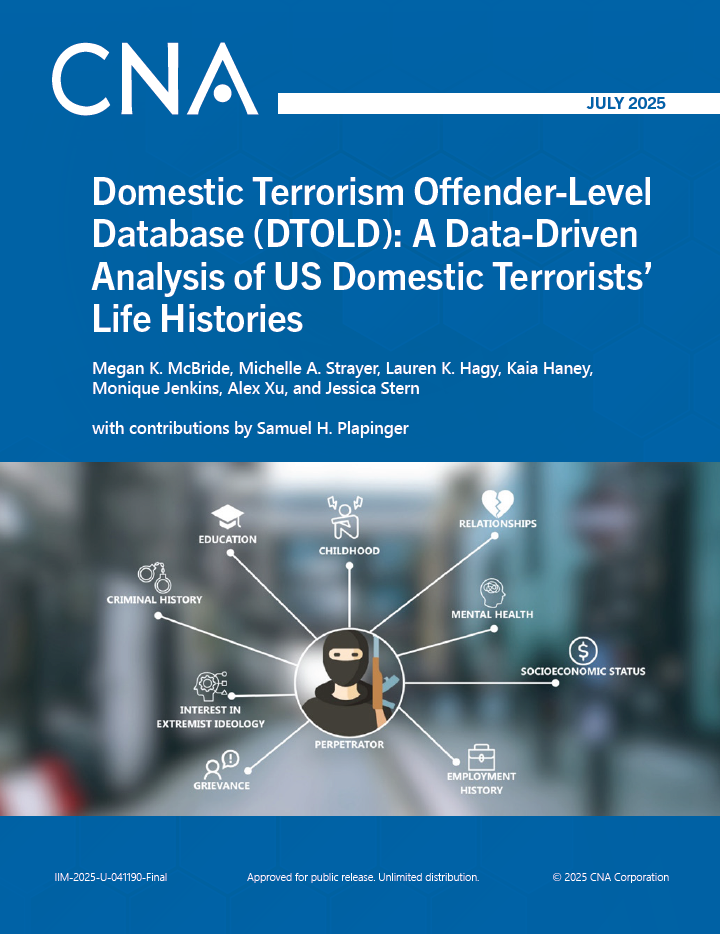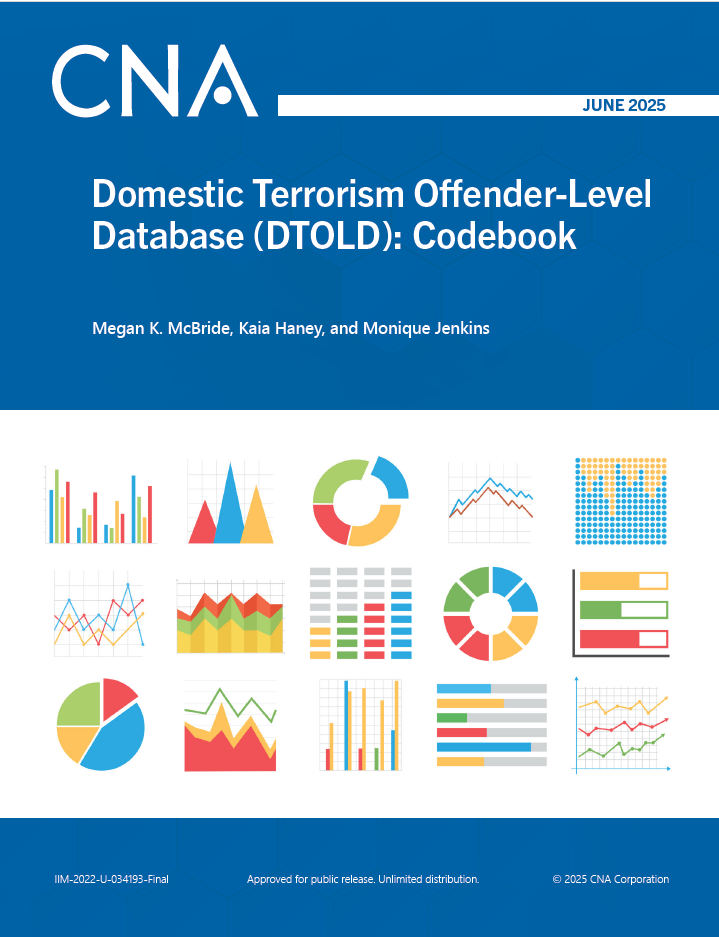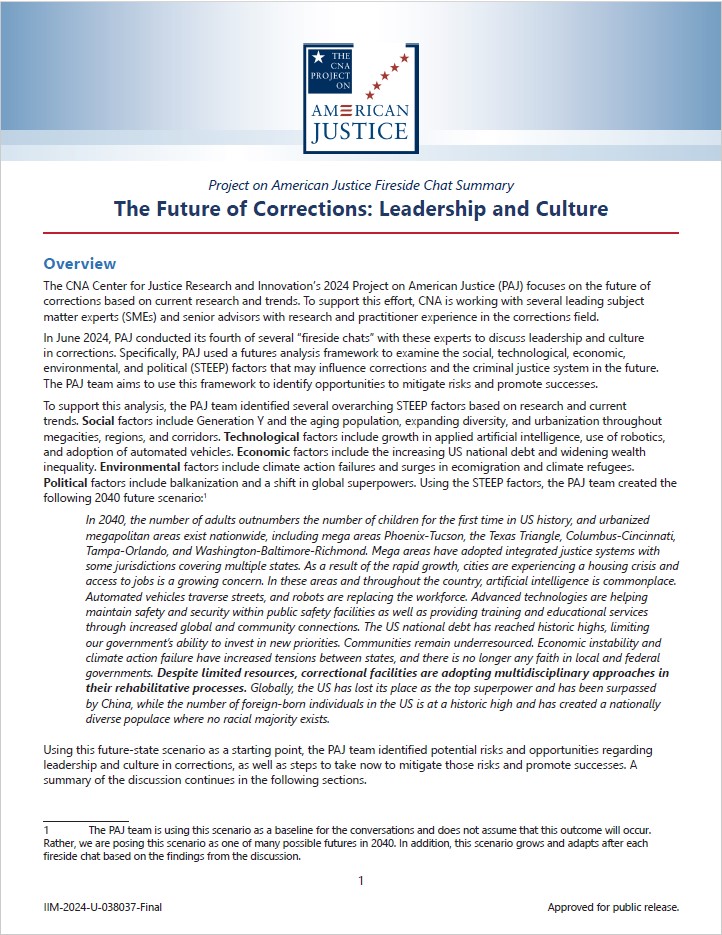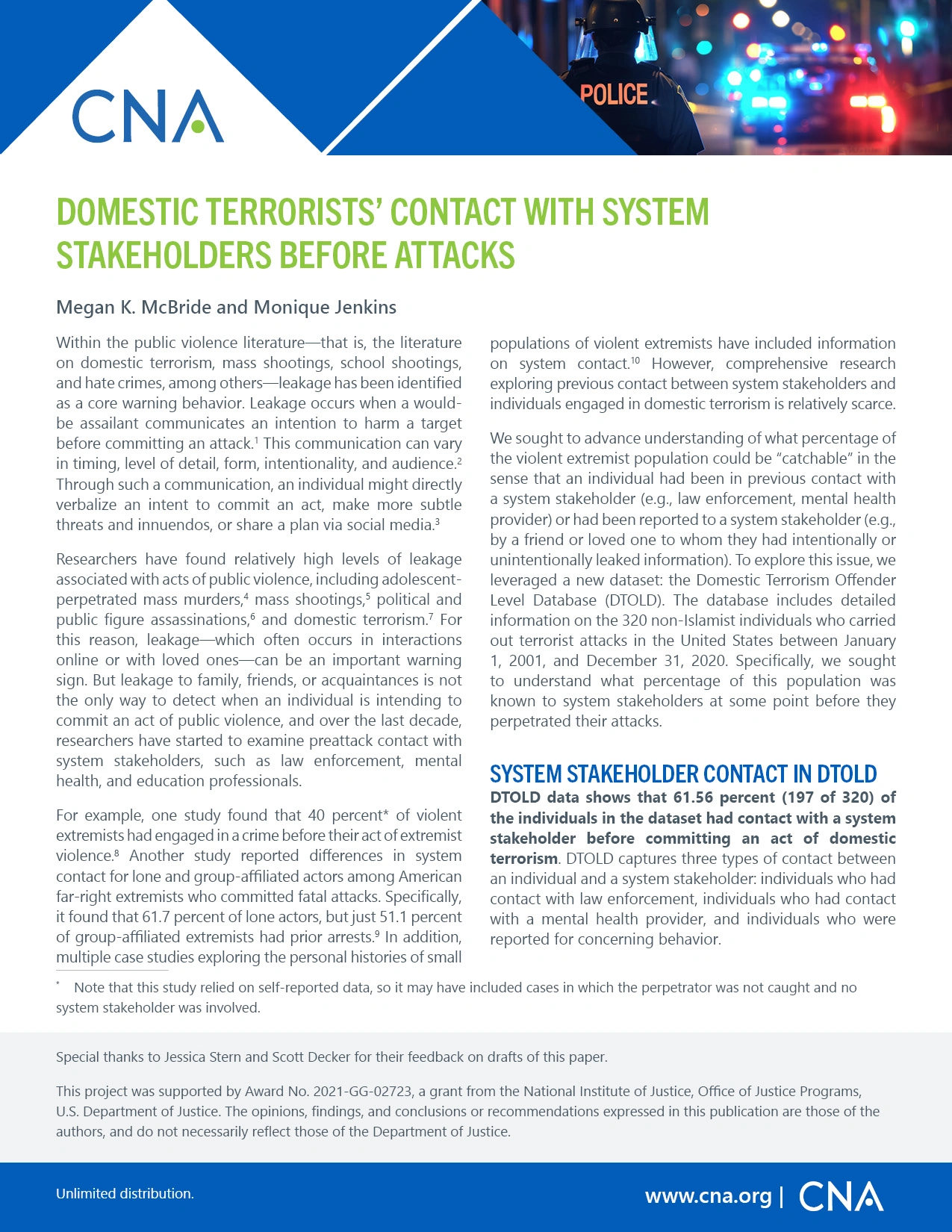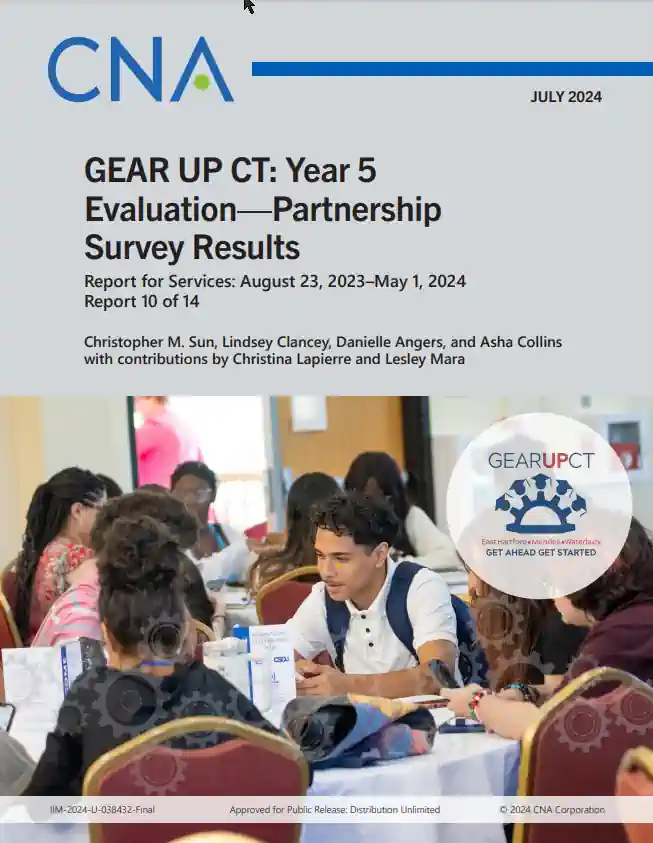The coronavirus disease 2019 (COVID-19) pandemic has severely disrupted every facet of American life, including the correctional system. Nationwide, prisons and jails continue to face challenges in providing safety, security, programming, activities, and care while limiting coronavirus transmission, and correctional leaders and administrators continue to look for operational solutions that promote both safety and rehabilitation under difficult circumstances. The District of Columbia Department of Corrections (DC DOC) is no exception. In this paper, we discuss the DC DOC experience with COVID-19 and a new simulation planning tool developed specifically to help corrections officials manage under pandemic conditions.
Confronted by facility designs such as dormitory housing or large housing units in aging linear facilities, limited access to testing, rapidly evolving knowledge about COVID-19 transmission, mutating strains of virus with increased transmissibility and resistance to vaccines, and incarcerated individuals who decline vaccinations when offered, leadership necessarily responded by implementing medical stay-in-place operations. Such operations severely limited group sizes and out-of-cell activities. Contact with persons who might have had significant community exposure was limited to essential personnel—staff and essential service contractors (food service, health service, etc.)—required to sustain daily operations. Programs and visits became virtual, often via tablets, offering emails, texts, and virtual visiting applications. In-person visits, religious services, education, work programs, and high-contact activities such as basketball were halted or severely modified to protect the health and safety of residents, staff, and providers.
Correctional leaders at DC DOC sought to transition to normalized operations with optimal health protection. Science-based effective normalization strategies require insight into COVID-19 transmission risks associated with various types of human interactions and activities. For jails, where significant throughputs continue, data-informed insight into the impact of vaccination efforts on normalization of activities is essential for continued protection of health. In this paper, we demonstrate how innovative, data-driven models combined with analysis of role-based interactions and an understand of jail operations can be used to generate this insight.
MOTIVATION
This work used an agent-based model (ABM) to simulate the individual interactions of staff and residents in a jail facility and the resulting virus spread among these populations. We modeled several scenarios for a jail facility in order to evaluate the risks of resuming various activities and programs during the COVID-19 pandemic. We formulated and executed realistic simulations to quantify the potential virus spread resulting from common reopening decisions faced by jails nationwide. These simulation results provide insight to support jail leadership’s decisions as they transition to higher activity levels and resume out-of-cell activities while mitigating and managing COVID-19 transmission risks.
Download reportApproved for public release. Unlimited distribution.
Details
- Pages: 46
- Document Number: CIM-2021-U-030862-Final
- Publication Date: 11/9/2021
